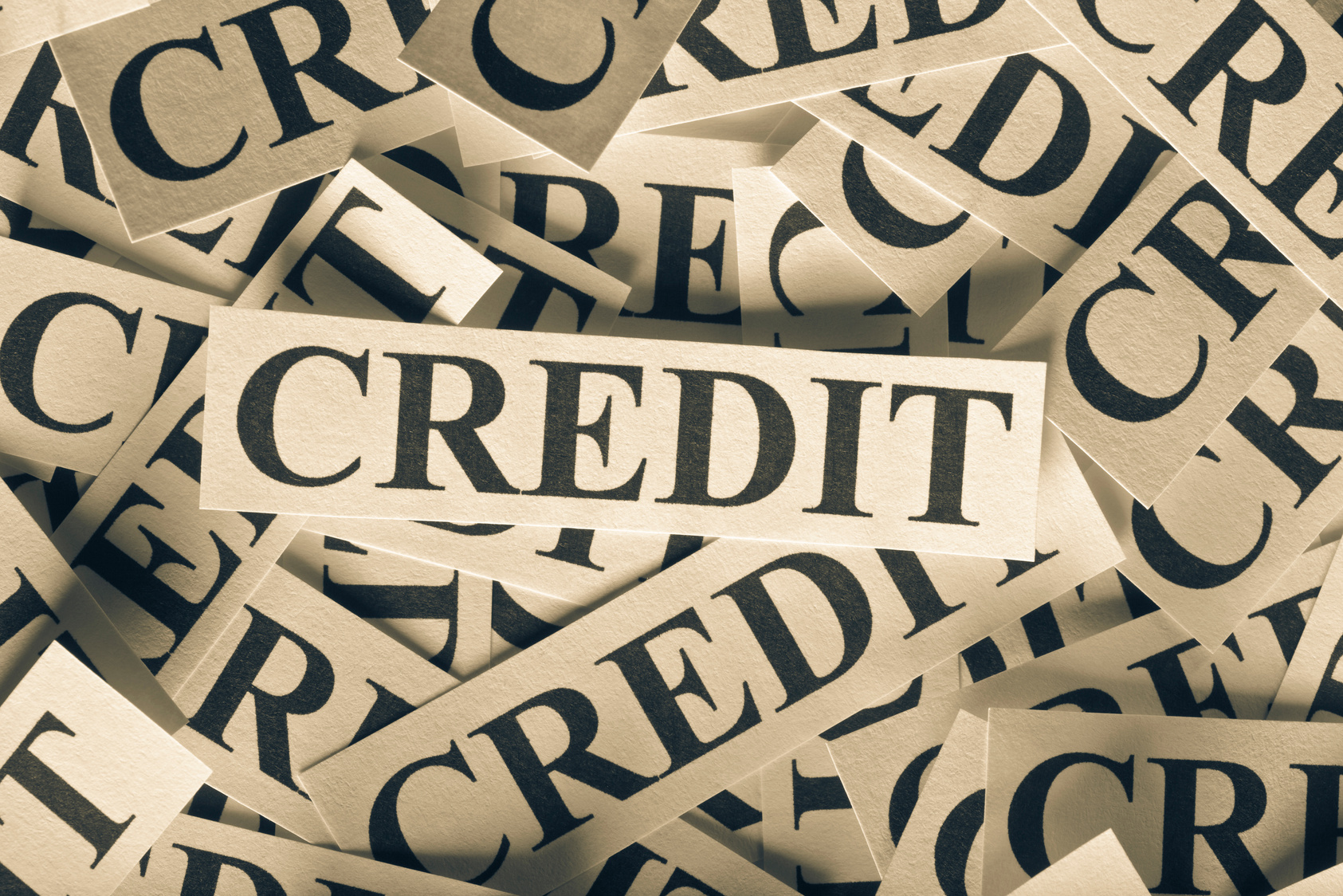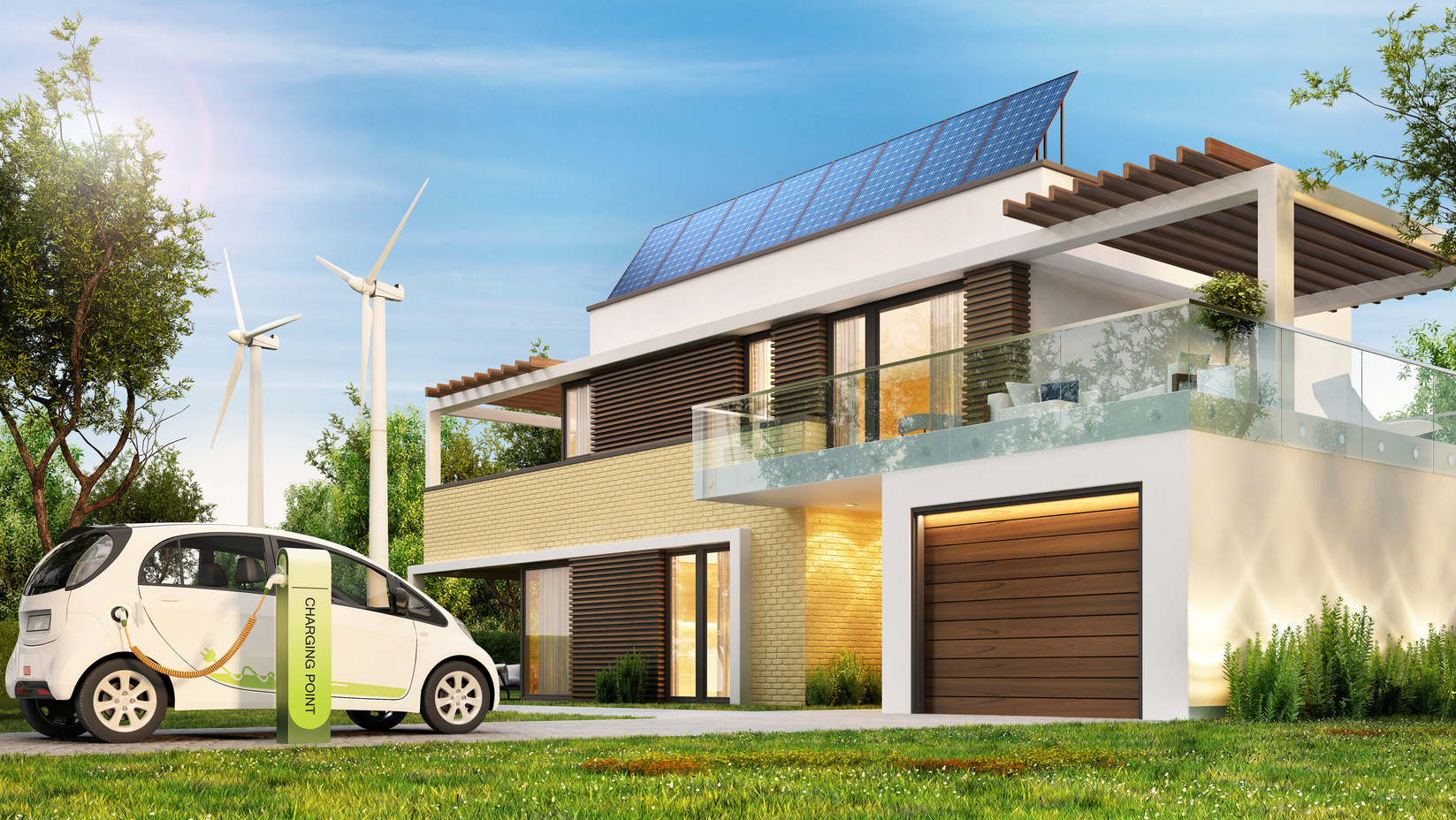
In an era where environmental consciousness is paramount, the transition to renewable energy has become a key avenue for individuals to contribute to a sustainable future.
Switching your home to renewable energy not only reduces your carbon footprint but also offers economic benefits and supports the global shift towards cleaner energy sources.
In this blog, we’ll explore the compelling reasons to make the switch and provide actionable steps to guide you through the process.
Why Switch to Renewable Energy?

1. Environmental Impact:
Reduced Carbon Footprint: Traditional energy sources, such as fossil fuels, contribute to greenhouse gas emissions. Switching to renewable energy significantly reduces your carbon footprint, helping combat climate change and preserve the environment for future generations.
2. Economic Benefits:
Long-term Savings: While the initial investment in renewable energy systems may seem significant, the long-term savings are substantial. Solar panels, wind turbines, and other renewable technologies can generate free, clean energy, reducing or eliminating your dependence on grid power.
3. Energy Independence:
Reduced Reliance on Grid Power: Producing your own renewable energy allows you to become more self-sufficient. This reduces dependence on external energy sources and provides a reliable power supply, especially in areas prone to power outages.
4. Increased Home Value:
Enhanced Property Value: Homes equipped with renewable energy systems are increasingly attractive to environmentally conscious buyers. The investment in clean energy technologies can boost your property’s market value.
5. Government Incentives:
Financial Support: Many governments offer incentives, rebates, and tax credits to encourage the adoption of renewable energy. Research local programs that can help offset the initial costs of installation.
How to Switch Your Home to Renewable Energy:
1. Assess Your Energy Needs:
Energy Audit: Begin by conducting an energy audit to understand your home’s energy consumption patterns. Identify areas where energy efficiency improvements can be made.
2. Choose the Right Technology:
Solar Panels: Consider installing solar panels on your roof to harness the power of the sun. Solar energy is a versatile and widely accessible renewable resource.

Wind Turbines: In areas with sufficient wind, small-scale wind turbines can be effective in generating clean electricity for your home.

Geothermal Systems: Geothermal heat pumps utilize the stable temperature of the earth to provide heating, cooling, and hot water.

3. Find a Reputable Installer:
Research and Recommendations: Look for reputable renewable energy installers in your area. Seek recommendations from friends, read reviews, and ensure the installer is certified and experienced.
4. Explore Financing Options:
Incentives and Rebates: Research available incentives, rebates, and financing options to reduce the upfront costs. Government programs and financial institutions may offer support.
5. Monitor and Maintain:
Regular Maintenance: Keep your renewable energy systems well-maintained for optimal performance. Regular inspections and timely repairs will ensure the longevity of your investment.
Conclusion:

Switching your home to renewable energy is a transformative step towards a sustainable future. Beyond contributing to global environmental goals, it offers tangible benefits for your wallet and property value.
By assessing your energy needs, choosing the right technology, finding a reputable installer, exploring financing options, and committing to regular maintenance, you can embark on a journey towards a greener, more eco-friendly home.
Embrace the power of renewable energy and become a steward of positive change in your community.





